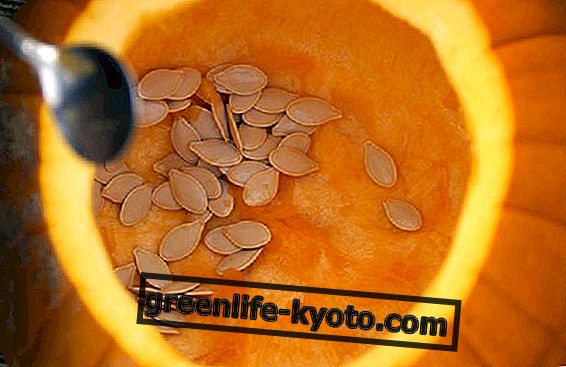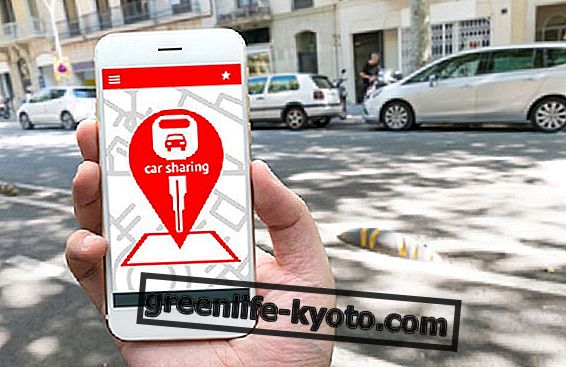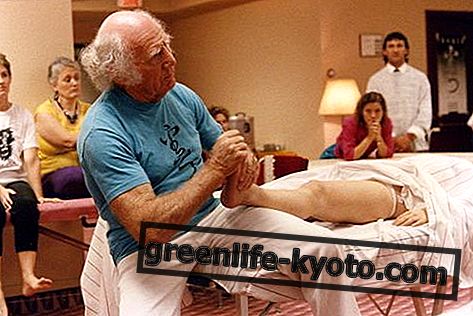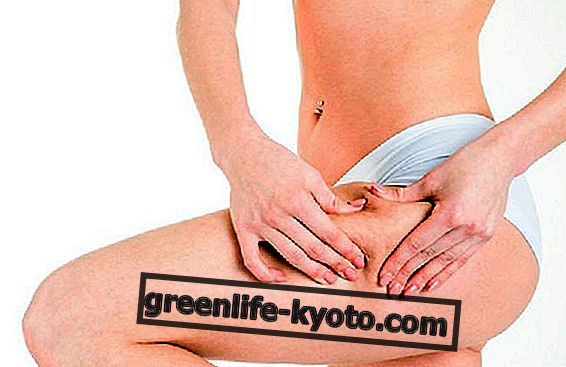
Aging brings unwelcome "gifts" to men ( menopause, hot flashes ...), but also to gentlemen (about 80% of them): the prostate undergoes a slow but steady expansion over time.
However, when its size should be greater than the internal space available between the other organs, the prostate compresses the urethra, causing inflammation and urinary disorders, which may be the first warning sign.
Inflammation of the prostate can hide real pathologies, which will only be diagnosed by the doctor after careful examination and any blood tests.
Prostatitis is the most common prostate disease, and in addition to inflammation it has different causes and symptoms, as well as 4 different types.
Inflamed prostate - type I prostatitis: symptoms
It is a form of acute prostatitis, of bacterial origin, characterized by the following symptoms:
> High fever with chills.
> Pain during sexual intercourse.
> Pain in the pelvic-lumbar area.
> Scrotal pain.
> Painful ejaculation with the presence of blood.
> Painful defecation.
> Painful and problematic urination.
Inflamed prostate - type II prostatitis: symptoms
It is an inflammation of the chronic prostate of bacterial origin that can have several causes: the failed or incorrect treatment of acute prostatitis of bacterial origin, an infection of the urinary tract or, finally, the complication of a testicular infection.
The symptoms and signs of chronic prostatitis of bacterial origin overlap with those of acute prostatitis of bacterial origin, with these differences:
> Gradual appearance of symptoms.
> Symptoms of lesser severity.
> Symptoms that may disappear for a period of time and then reappear.
> Long duration: the symptoms can persist even for several months.
Inflamed prostate - type II prostatitis: symptoms
This type of prostate inflammation is also known as chronic pelvic pain syndrome, and is linked to multiple causes, which doctors and researchers, despite numerous studies, have not yet fully clarified.
Nerve damage is suspected, an autoimmune origin, an excess of stress, trauma at the prostate, heavy work activities and the practice of high-impact sports.
The most recent classification distinguishes type III prostatitis in two subtypes : chronic inflammatory pelvic pain syndrome (subtype IIIA) and non-inflammatory chronic pelvic pain syndrome (sub-type IIIB).
The symptoms of chronic non-bacterial prostatitis are the same as those of chronic bacterial prostatitis, except for fever, which in this case is absent.
Inflamed prostate - type IV prostatitis: symptoms
Type IV prostatitis is also called asymptomatic inflammation of the prostate . There is a high rate of inflammation detectable by clinical analyzes but at the same time there is a complete absence of symptoms.
At the moment the studies in progress have not yet understood the triggers nor the reasons for the lack of symptoms.













